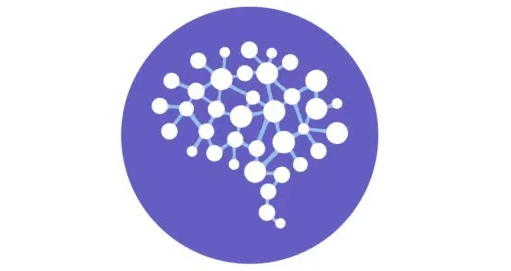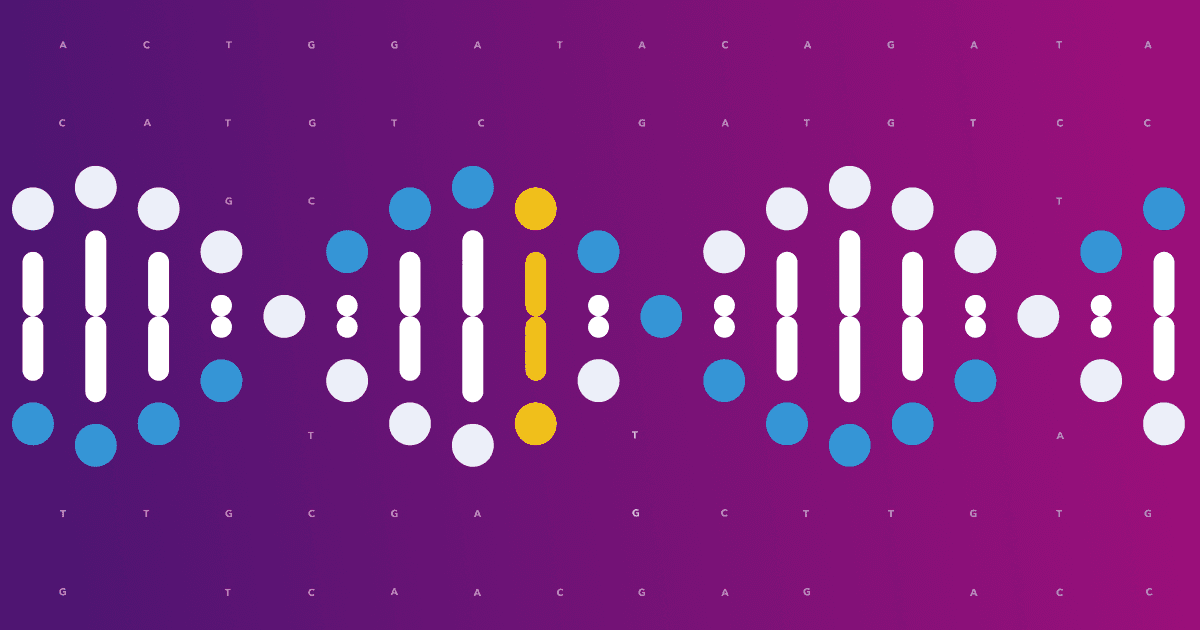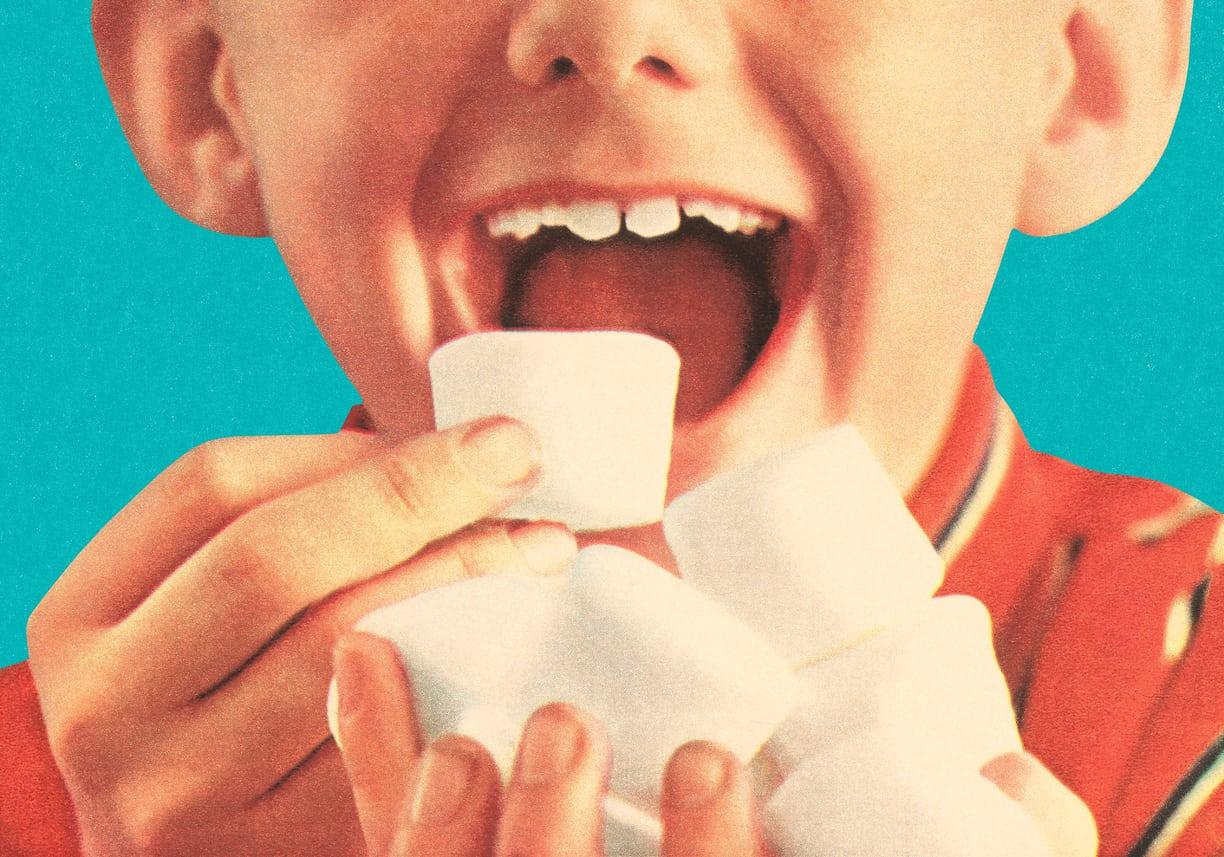Research drawn from 23andMe data has for the first time allowed scientists to estimate the frequency of a very rare genetic phenomenon known as “uniparental disomy,” or UPD.
In UPD the two copies of a chromosome come from a single parent instead of one copy from the father and one from the mother. If a chromosome carries genes that are only active on the paternal or maternal copy, UPD leads to genetic imbalances that can cause miscarriage or developmental disabilities after birth.
UPD Related Disorders
There are several genetic disorders such as Prader-Willi syndrome, Angelman syndrome and Temple syndrome that result from UPD of specific chromosomes. However, up until now, no one knew the prevalence of UPD. This is especially the case for UPD on other chromosomes not linked to these named syndromes, or its health consequences.
For this research former 23andMe intern Priyanka (Priya) Nakka leveraged 23andMe’s large and unique research database to study the condition. Priya received her doctorate in computational biology last year from Brown University and now works as a postdoctoral fellow in the Hirschhorn lab at Boston Children’s Hospital. Using a machine learning approach, Priya’s research has broken new ground. She and her collaborators were able to offer the first estimates for UPD prevalence in the general population. They found that UPD occurs for all chromosomes and is much more prevalent than previously thought.
“This study is by far the largest and most definitive study of the prevalence of UPD,” said Fah Sathirapongsasuti, a senior scientist and computational biologist at 23andMe as well as a senior co-author on the paper. “The work also highlights the power of 23andMe’s research model in studying rare conditions like this.”
First Estimates in General Population
Priya first presented her findings last year in a plenary session talk at the American Society of Human Genetics annual meeting. This month her research paper is published in the latest issue of the American Journal of Human Genetics.
UPD was previously estimated to occur in one in about 3,500 live births. But to study the actual frequency requires a genetics database with millions of participants and several thousands of families. That is something 23andMe’s research database is uniquely positioned to address. Leveraging the database, Priya and co-authors were able to look at a very large set of data from more than 4 million customers who consented to participate in research. In addition, they looked at another batch of data from a little under half a million individuals in the UK Biobank. Using these data sets and a new machine learning method, Priya was able to identify cases of UPD. This also offered a way to estimate its frequency.
Some with UPD Have No Apparent Health Issues
She discovered that the condition is more than 1.75 times more prevalent than once thought. It is now estimated to affect perhaps one in 2,000 individuals. But working with the 23andMe research team Priya also found that there is an association between autism and UPD on chromosome 22. Beyond that Priya found that UPD for other chromosomes is not associated with defined health issues.
“I never had any birth defects and never noticed any weird symptoms or health problems,” one 23andMe customer said on a Reddit post after discovering she had UPD. “And as someone who learned about UPD in college and medical school, it was extremely neat to learn that I secretly had one too… It made me appreciate being alive because most of the uniparental disomies start as trisomies that happen to be “rescued” and lose one of the extra chromosomes again in development to go back to 2 copies. Trisomy 16 is one of the most common genetic causes of miscarriage. … My very first cell was probably originally a trisomy 16. So it’s pretty amazing to be here today.”
In the paper published this week, Priya makes this very point.
“Our work challenges the typical view that errors in recombination are strongly deleterious, showing that even in extreme cases where individuals are homozygous
for an entire chromosome, those individuals can be, to the best of our knowledge, phenotypically normal and healthy,” she said.
You can find her paper here.



